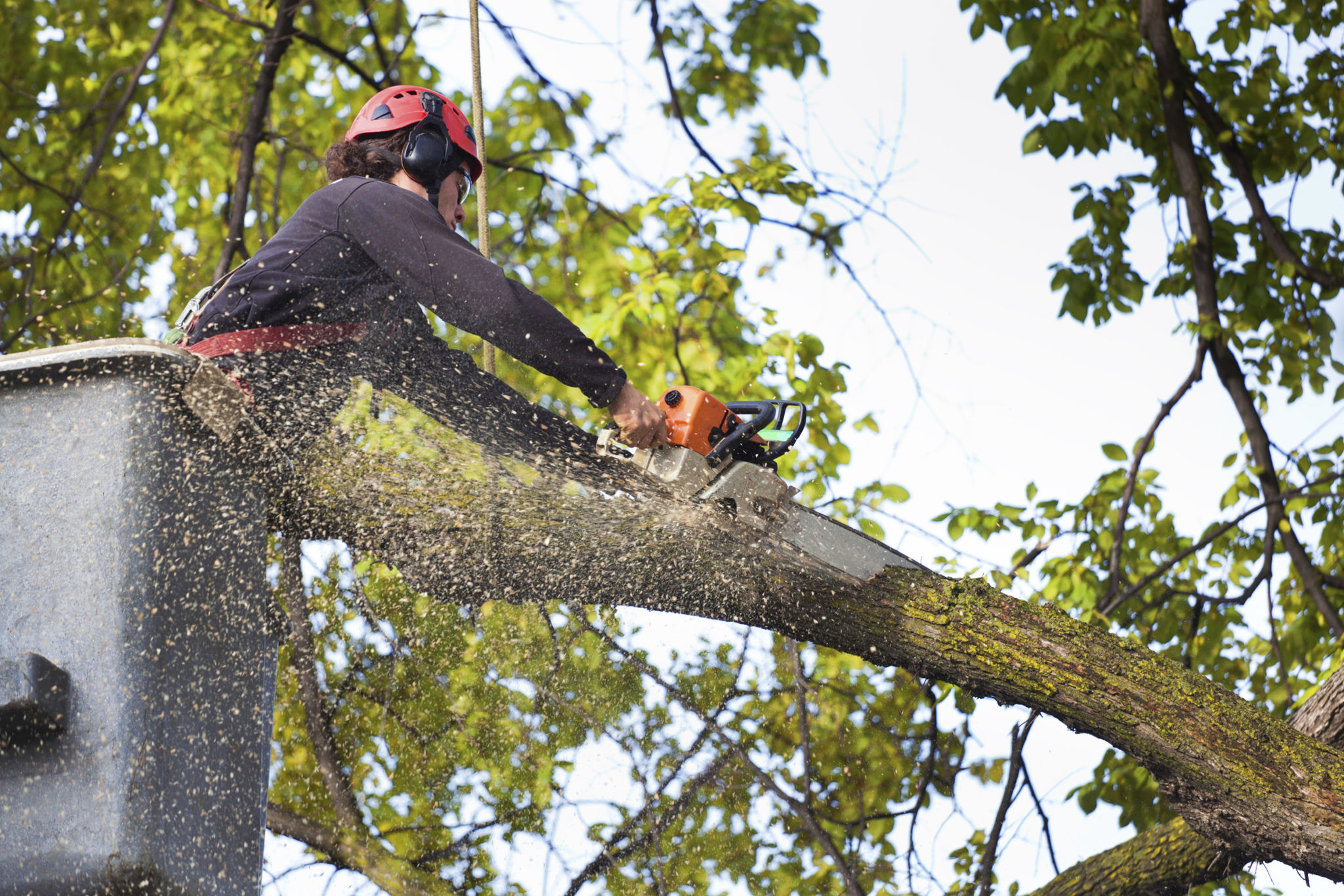Understanding Local Regulations for Tree Removal in Linn County
Understanding Local Tree Removal Regulations
When considering tree removal in Linn County, it's crucial to understand the local regulations that govern this process. Failing to comply with these rules can result in fines or other penalties. This guide will help you navigate the essential aspects of tree removal policies in the area.

Why Regulations Exist
The primary purpose of tree removal regulations is to protect the environment and maintain the natural beauty of the county. Trees play a vital role in enhancing air quality, providing shade, and supporting wildlife. Regulations ensure that tree removal is done responsibly and sustainably.
Additionally, these rules help prevent property disputes. By establishing clear guidelines, property owners are aware of their responsibilities and limitations when it comes to altering the landscape.
When Is a Permit Required?
In Linn County, a permit is often required for removing trees, especially if they are located in protected areas or if they are above a certain size. Here are some common scenarios where a permit might be necessary:
- Removing trees from public property.
- Dealing with trees that are part of a conservation area.
- Cutting down heritage trees that are over a specific age or size.

How to Apply for a Permit
Applying for a tree removal permit typically involves submitting an application to the local planning department. It's important to provide detailed information about the tree, including its species, size, and location. Some applications may require an arborist's report or photographs of the tree.
The review process can take several weeks, so it's wise to plan ahead. Once approved, adhere to any conditions stipulated in the permit to avoid potential penalties.
Exemptions and Special Cases
While permits are generally necessary, there are exemptions. For example, if a tree poses an immediate danger to people or property, it may be removed without prior approval. However, documentation and notification to the authorities may still be required after the fact.

Property owners may also be exempt if they need to remove invasive species that threaten native ecosystems. It's essential to consult with local officials to confirm if such exemptions apply to your situation.
Consequences of Non-Compliance
Ignoring local regulations can lead to significant consequences. Property owners may face fines or be required to plant replacement trees. In severe cases, legal action might be pursued. Therefore, compliance not only protects you legally but also contributes to community well-being.
Staying informed about tree removal regulations is key for responsible property management in Linn County. By understanding and following these guidelines, you can ensure that your actions align with environmental conservation efforts and community standards.
